“Color Our World With Pride,” the theme of this year’s Greater Palm Springs Pride Celebration, was selected to show support for all LGBTQ people in communities across the globe.
BY ORLY LYONNE
 The 29th annual Pride celebration, held November 6-8, 2015 in downtown Palm Springs, will be the largest demonstration of equality and diversity ever seen in the Coachella Valley. Considered to be one of the most scenic Pride celebrations in the world, the Greater Palm Springs Pride Celebration includes a free block party, two-day festival, parade, and twenty-five official events. The celebration follows Palm Springs Leather Pride weekend October 29-November 1, 2015 (see sidebar).
The 29th annual Pride celebration, held November 6-8, 2015 in downtown Palm Springs, will be the largest demonstration of equality and diversity ever seen in the Coachella Valley. Considered to be one of the most scenic Pride celebrations in the world, the Greater Palm Springs Pride Celebration includes a free block party, two-day festival, parade, and twenty-five official events. The celebration follows Palm Springs Leather Pride weekend October 29-November 1, 2015 (see sidebar).
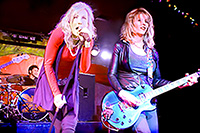 The global theme of this year’s Pride, “Color Our World With Pride” was selected to show support for all LGBTQ people in communities across the globe. The parade and festival provide a platform to reflect on the advances made in the equality movement and raise awareness and stand against discrimination on the basis of sexual orientation, gender identity and gender expression.
The global theme of this year’s Pride, “Color Our World With Pride” was selected to show support for all LGBTQ people in communities across the globe. The parade and festival provide a platform to reflect on the advances made in the equality movement and raise awareness and stand against discrimination on the basis of sexual orientation, gender identity and gender expression.
 The festival will feature full concert performances by 10,000 Maniacs, Frankmusik, the London based pop artist, American Idol Finalist & pop artist David Hernandez, Candis Cayne, Los Angeles based synth pop band DWNTWN, DJ Casey Alva, local pop artist Blake Lansing, Avant Americana genre-bending good time band the Evangenitals, big beat alternative rock band Lunden Reign, GayC/DC the world’s only all-gay tribute to AC/DC, and the rising LA-based pop singer/songwriter Wrabel.
The festival will feature full concert performances by 10,000 Maniacs, Frankmusik, the London based pop artist, American Idol Finalist & pop artist David Hernandez, Candis Cayne, Los Angeles based synth pop band DWNTWN, DJ Casey Alva, local pop artist Blake Lansing, Avant Americana genre-bending good time band the Evangenitals, big beat alternative rock band Lunden Reign, GayC/DC the world’s only all-gay tribute to AC/DC, and the rising LA-based pop singer/songwriter Wrabel.
OFFICIAL PALM SPRINGS PRIDE EVENTS INCLUDE:
Pride Honors Awards: Friday, October 9, 6pm-8pm.
Hyatt Palm Springs, 285 N. Palm Canyon Dr., Palm Springs.
The prestigious Palm Springs Pride Honors Awards are presented annually to individuals to honor the work they have put into furthering the causes of lesbian, gay, bisexual and transgender individuals and their allies.
For tickets visit: bit.ly/pshonors15.
Halloween Palm Springs: October 31, 6pm-10pm.
Join thousands of incredible and unique costumed revelers for Halloween on Arenas Rd. in Palm Springs. Bands, DJs and singers along with cash and prizes for the costume contest. Admission is FREE, but a suggested donation of $5 will benefit Desert AIDS Project, Palm Springs Gay Men’s Chorus, LGBT Community Center of the Desert and Greater Palm Springs Pride.
Rainbow Flag Raising: Friday, November 6, 10am.
Free community event. Palm Springs Village Green.
Community leaders will be joined by civic officials at a flag raising ceremony for a rainbow flag which will fly above the streets in downtown Palm Springs for Pride weekend November 6-8. This event will commemorate the 36th Anniversary of the Rainbow flag and will be the official kickoff to a slate of Pride events and celebrations including the parade and festival.
OUT PSP: A Kick Off to Pride Weekend: Friday, November 6, 5pm-8pm.
El Mirador Plaza, 4th Floor Outdoor Patio.
Greater Palm Springs Pride and the Gay Desert Guide’s kick off to Pride weekend with tastings from Coachella Valley’s premier restaurants, bars and beverage purveyors. Drop in and sip on signature cocktails at our open bar while you and your friends watch the sun set behind the San Jacinto Mountains!
For more info visit pspride.org.
Hacienda Cantina and Beach Club Pool Parties: Official Pool Parties of Palm Springs Pride 2015—Friday, Saturday and Sunday, November 6-8.
Hacienda Cantina and Beach Club, 1555 S. Palm Canyon Dr., Palm Springs, CA. No Cover all weekend, 21+.
For more info visit www.haciendacantina.com.
Pride Meet & Greet Party: Friday, November 6, 8pm to midnight.
CCBC Resort, 68300 Gay Resort Drive, Cathedral City. Tickets are $20 in advance online at pspride.org or $25 at the door. 21+.
Complimentary Margaritas, DJ Gruvbehr. CCBC Resort is the largest clothing optional gay men’s resort in the nation, featuring infamous pool parties with award-winning DJs.
Broadway in Drag Pageant: Friday, November 6, 8pm.
The Palm Canyon Theatre, 538 N. Palm Canyon Dr., Palm Springs.
A unique, one-of-a-kind Pride event. See a bevy of beautiful show queens vie for the crown in this lavish production around the glitz and glamour of Broadway.
For more info visit www.PalmCanyonTheatre.org.
Two-Day Pride Festival: Friday and Saturday, November 7 and 8.
The Festival is a free community event held on Palm Canyon Dr. between Amado and Baristo Rd. and on Arenas Rd. from S. Calle Encilia to Balardo. Donations will be accepted at entry points to keep Pride free.
Palm Canyon Dr. will be closed to traffic and transformed into a vibrant, pedestrian friendly Pride Festival, unique to Southern California. Enjoy a diverse array of artists, entertainers, multiple beverage gardens and purveyors of all sorts including, jewelry, snacks and sweets.
For more info visit pspride.org.
DYKE MARCH & Rally: Saturday, November 7, 4pm-6pm.
Jackie Lee Houston Park directly in front of the Palm Springs Convention Center.
Women will be marching (purple attire requested) united and striving to bring awareness to all women’s issues.
For more information and details on the route please contact womenunitedps@gmail.com.
3rd Annual Official Ladies’ Party: November 7, 6pm-2am.
Alibi Azul, 369 N. Palm Canyon Dr., Palm Springs, $10 Cover.
All proceeds made at the door benefit Greater Palm Springs Pride to help keep Pride free for everyone to attend.
For more info visit www.alibiazul.com.
Women’s Pride Dance: Saturday, November 7, 7:30pm to midnight.
Hard Rock Hotel, 150 S. Indian Canyon Dr., Palm Springs.
A benefit for lesbians in crisis in the Coachella Valley.
For more info visit www.l-fund.org.
After Hours Dance Party: Saturday, November 8, 12am-4am.
CCBC Resort, 68300 Gay Resort Drive, Cathedral City.
Come frolic under the stars at the Official Pride after hours party for men at CCBC Resort, the largest clothing optional gay men’s resort in the nation.
For Weekend Pass visit bit.ly/ccbcparty.
Dish Creative Cuisine Official Event: November 8, 9:30am-1:30pm.
(Parade steps off at 10:00 a.m. from the front door of Dish Creative Cuisine at Tachevah Dr. and Palm Canyon Dr.)
Celebrate the 29th Annual Greater Palm Springs Pride Parade in typical Palm Springs style at the Official Parade Kick-Off point at dish Creative Cuisine. Experience all the action in a prime balcony location with VIP seating as the parade contingents pass right in front
of the party. dish Creative Cuisine is a proud Official Partner and will donate $10 of each ticket sold to Greater Palm Springs Pride.
Call now for reservations as this event always sells out 760-322-7171 or visit www.dishCreativeCuisine.com.
29th Anniversary Pride Parade: Sunday, November 8, 10am.
Steps off in the Uptown Design District at Tachevah and Palm Canyon Dr. and travels south through downtown ending at the entrance to the Pride Festival at Amado Rd. Free event.
For more info visit pspride.org.
PALM SPRINGS LEATHER PRIDE WEEKEND
October 29-November 1, 2015
 Palm Springs Leather Order of the Desert (PSLOD) invites Leatherfolk from around the world to gather in their desert oasis for a hot, sexy weekend to celebrate Leather Pride.
Palm Springs Leather Order of the Desert (PSLOD) invites Leatherfolk from around the world to gather in their desert oasis for a hot, sexy weekend to celebrate Leather Pride.
Official events begin at 9pm, October 29, 2015 and end at 8pm, November 1, 2015.
The organizing committee of PSLOD have gathered a stellar panel of judges, inluding (in alphabetical order) Esteban Bartholo—co-founder of Payaso LA, Randy Carmenaty—American Leatherman 2008, Randall “Bear Man” Klett owner of Stompers Boots and Leatherwerks, Sandy “Mama” Reinhardt—Mama’s Family, Patrick Smith—International Mr. Leather 2015, Clifton Tatum—Mr. Palm Springs Leather 2015 who has raised over $20,000 for his five youth charities in the past year, and Dan Woodward—writer for Leatherati.com. And overseeing the weekend will be MC Lenny Broberg.
Over the past few months local bars, businesses and organizations have been hard at work hosting contests or choosing their representatives. The cowhides have cooled momentarily and the candidates for Mr. Palm Springs Leather 2016 are (in alphabetical order) Mr. Barracks Leather—Mark Austin, Mr. Chill Leather—James Bork, Mr. Hot Rodeo—Christopher Durbin, Mr. Copa Leather—Aaron Jones, Mr. Off Ramp Leathers—Steve Juneau and Mr. Tool Shed Leather—Jeff Maxwell.
And that’s just cornerstone event! The four-day long celebration of the Leather Lifestyle taking place from October 29th to November 1st is jam-packed with other hot events like the Meet and Greet, a Welcome Pool Party, the Formal Leather Dinner, a Cruise Party/Vendor Market, the Maze at InnExile, the ‘Gar ‘n Gear Party, the Silent Auction, the Leather/Fetish Victory Dance and Cruise Party, another pool Party with a BBQ and Wet T-shirt contest, a brunch hosted by the women of PSLOD and an official closing party.
And all of this takes place in one of the best vacation spots in the country, sunny and warm Palm Springs.
You can find out all of the details about the weekend and purchase your tickets at desertleatherpride.com.

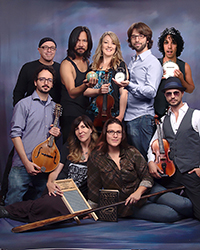







 Hundreds of people
Hundreds of people
 An association of rent boys
An association of rent boys

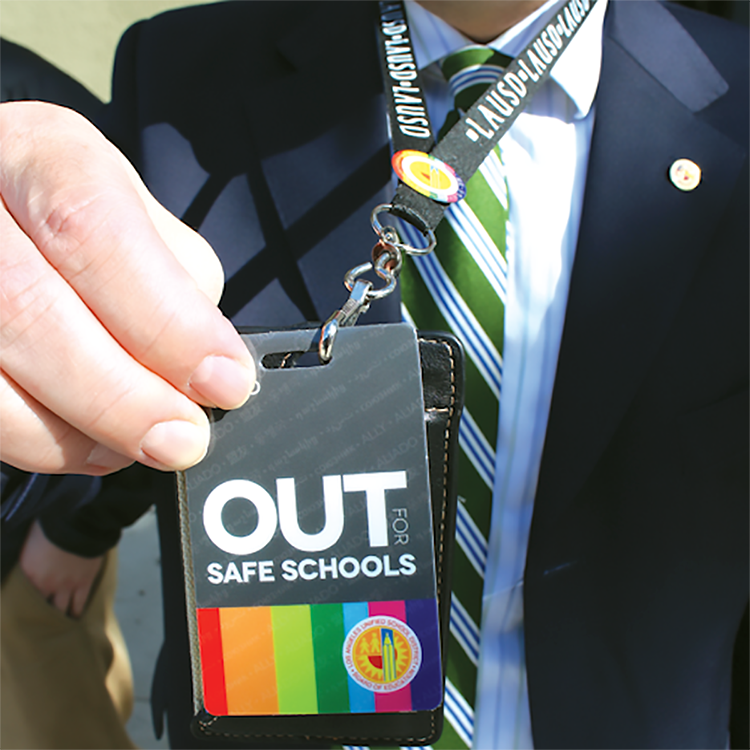

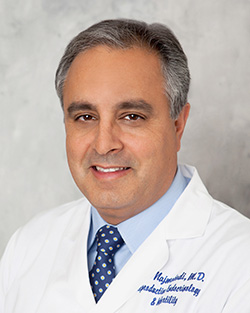 Same sex male couples
Same sex male couples
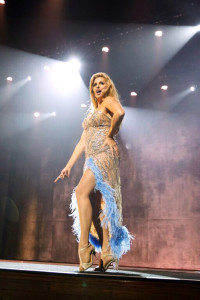
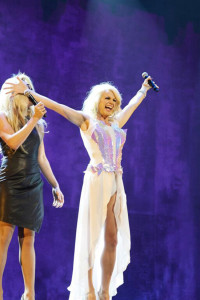
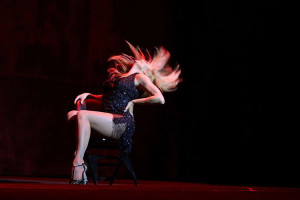

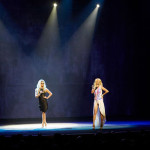


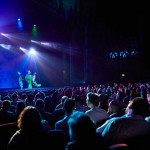
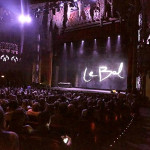


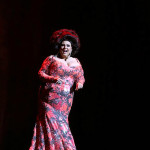
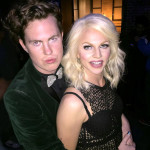


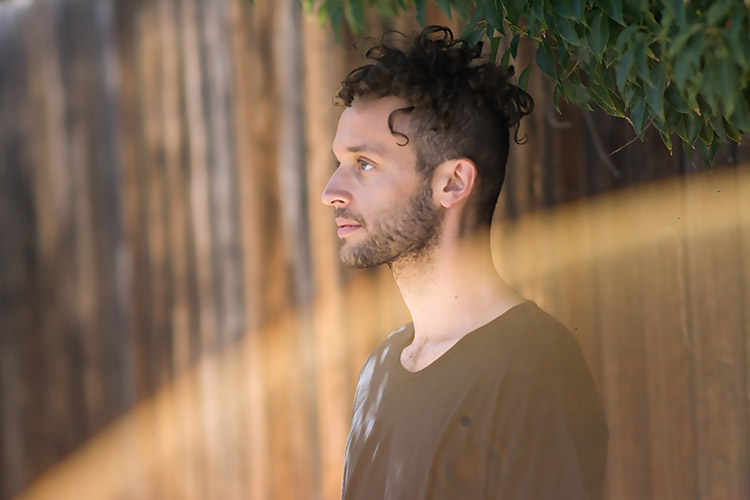


 Fear Of Judgement
Fear Of Judgement
 I met with a patient last week
I met with a patient last week

 I wrote the first draft some 25 years ago while I was working in a tape vault in Studio City and I put it in a drawer. I would bring the script out from time to time over the years to tweak or edit it. The story has matured, as my recovery has. It’s taken on deeper meaning as I’ve worked through my own issues of loss and trust.
I wrote the first draft some 25 years ago while I was working in a tape vault in Studio City and I put it in a drawer. I would bring the script out from time to time over the years to tweak or edit it. The story has matured, as my recovery has. It’s taken on deeper meaning as I’ve worked through my own issues of loss and trust.